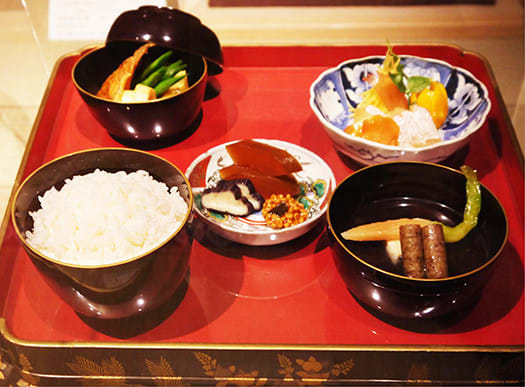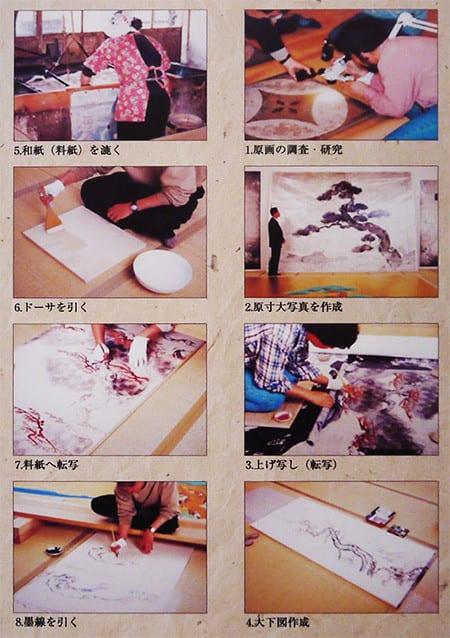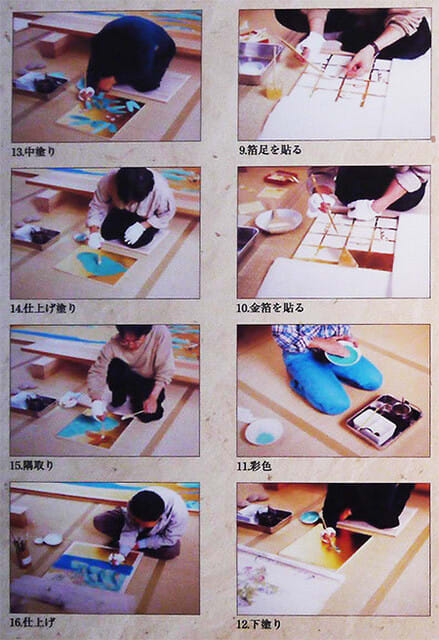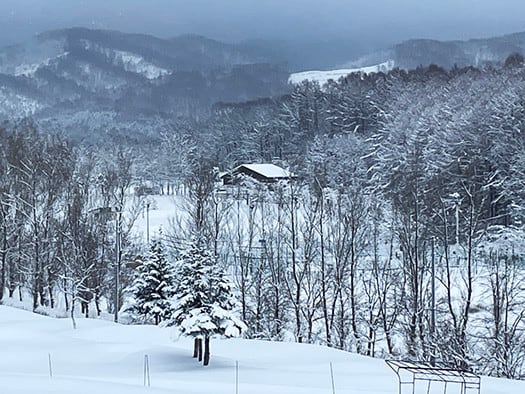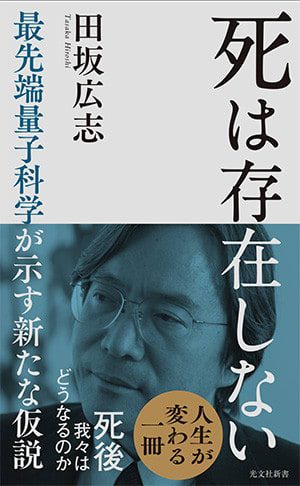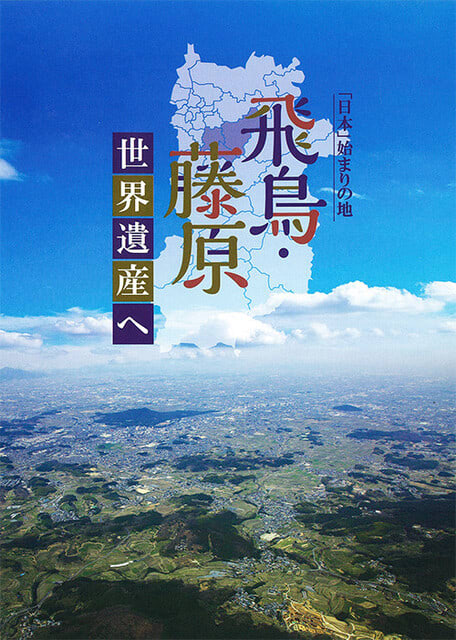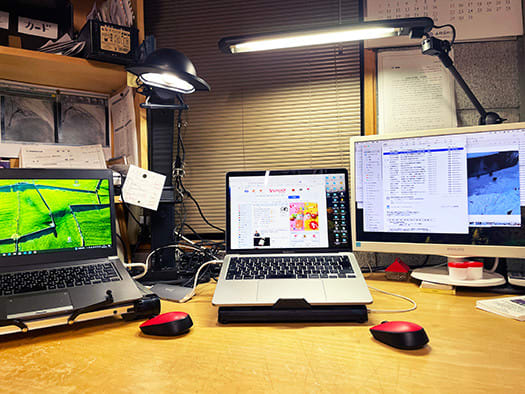
12月も前半が終了して、いよいよ今年もあと16日。仕事関係の環境は大きく変動してきたのですが、個人の情報作業環境はまったく影響されずに、PC環境などの使い勝手は不変であります。
というよりも、最近は主たる作業環境のMac+サブモニターに加えて左側にはWin環境が常設化してきています。これまでは臨時的な「張り出しデスク」に仕舞い込まれていたのですが、いまの仕事についての協業相手がWin一択で、それも作業がWordを使ってのやり取りのため、徐々にその専用環境として並行して使いまくっております。
Wordって、WinとMacではいろいろと使い勝手が違っていて、同じ作業の連携を取っていくのに、どうも不都合なのですね。今のところ、USB端末経由で物理的にデータを移動させながら、協業を行ってきておりますが、今後はもうちょっとデータ移動について変化させていく可能性が高い。
そのような現状作業環境ですが、おのずとこれまでの環境からの継続なので、いろいろゴチャゴチャもずっと引き続いてきていた(泣)。とくにPCパーツ類の接続のためのケーブル類が、その電源装置なども含めて、作業環境として整頓されていなかった。「えっと、このケーブルの電源ソケットはどこに?」というような状況。多かれ少なかれ、たぶんみなさん同様ではないでしょうか。
年末時期は「大掃除」してあらたなキモチで新年を迎えるのが日本人の一貫した習性。おおむね現状の仕事環境に合わせてほぼ1日がかりで主たる作業環境であるPCとコネクタ関係を整理整頓。とくにUSBハブの接続の整理を集中的に行った。まずは設置箇所を考えて、これまでの奥まった位置から、照明器具の足許に置いて、常時管理しやすくした。当然それらの接続ケーブルを大交通整理。

主たる作業環境のMacはUSB-Cにコネクタが一変したので、専用のUSBハブが常時接続。連結しているのは4つのポートですね。一方で写真奥にはUSB-Aのその他機器のための電源付きハブ。全14口のハブですが、いまのところ7口を接続利用。これらの接続環境を常によい環境として保全することがすべての基盤になる。今週末からは関西出張取材もあるのですが、そうした出張環境も見据えて、常設環境との整合性を常に整えていく必要がある。これらをMacとWinの中間のわかりやすい位置に整頓したことで「ネットワーク」が見える化されてきたと思っています。
さてこうした環境下、アタマのなかは整理整頓されるのでしょうか、はたして?
English version⬇
Tidying and cleaning around the desk at the end of the year
As we prepare for the year's milestones, we will concentrate on improving the efficiency of the working environment, which is the foundation of the year. Let's see, what was this cable? Aiming to come back from hell (laughs) ...
The first half of December has come to an end, and finally there are only 16 days left in this year. Although my work-related environment has changed drastically, my personal information work environment has not been affected at all, and the usability of my PC environment, etc., has remained unchanged.
In fact, my main work environment is now a Mac with a sub-monitor, and a Win environment is permanently installed on the left side of the room. Until now, it has been stored in a temporary “overhanging desk,” but my current work partner chooses to use Win, and since the work is done using Word, I am gradually using it as a dedicated environment in parallel with the Mac environment.
Word is different in usability between Win and Mac, and it is inconvenient for us to work together on the same tasks. At the moment, we have been collaborating by physically moving data via USB terminals, but there is a high possibility that we will make some changes in the future regarding data movement.
The current work environment is a continuation of the previous one, so there has been a lot of messy work going on (tears). In particular, the cables used to connect PC parts, including the power supply unit, were not organized as a working environment. I was like, “Well, where is the power socket for these cables?” The situation was more or less the same as for everyone. I am sure that many of you are more or less in the same situation.
It is a consistent Japanese habit to “clean up” at the end of the year and welcome the New Year with a renewed spirit. I spent almost a day cleaning up my PC, which is my main work environment, and its connectors to match my current work environment. In particular, I concentrated on rearranging the USB hub connections. First of all, we considered the location of the USB hub, and placed it at the foot of the light fixture, instead of in a secluded position, to make it easier to keep track of it at all times. Naturally, we also rearranged those connection cables in a big traffic arrangement.
The Mac, my primary work environment, has a USB-C connector that has undergone a complete change, so a dedicated USB hub is always connected. That's four ports that are connected together. On the other hand, in the back of the photo is a hub with power supply for other USB-A devices. There are a total of 14 hub ports, but at the moment, 7 are connected and used. The foundation of everything is to preserve these connection environments as good environments at all times. I have a business trip to the Kansai region starting this weekend, and it is necessary to always maintain consistency with the permanent environment in anticipation of such a business trip environment. I believe that the “network” has been visualized by arranging these things in an easy-to-understand position between Mac and Win.
Now, under such an environment, will my mind be organized?














